Metal spinning is a cold metalworking process used to shape flat metal discs or tubes (known as blanks) into axially symmetrical parts. This process (which is alternatively called spinning, spin forming or spun metal manufacturing) employs either a hand-operated lathe or a CNC lathe to accomplish this. Read More…
Century Metal Spinning provides high-quality aluminum & stainless steel metal spinning. Products can also be spun from titanium, copper, silver, gold & other materials. Examples of our products include rings, spheres, tubes, cylinders & tank heads. With our ISO 9001 & AS9100 certifications, we proudly serve aerospace, electronics, marine, military, pharmaceutical and a number of other industries.

Kryton Engineered Metals seamlessly crafts fabricated products. We are an ISO 9001:2015, full-service metal fab and spinning manufacturer with deep experience in air movement, lighting, vacuum, medical, food and beverage, agriculture, high voltage, and other markets. Kryton is consistently investing in new processes and equipment to grow with our expanding customer base. From a single piece to ...
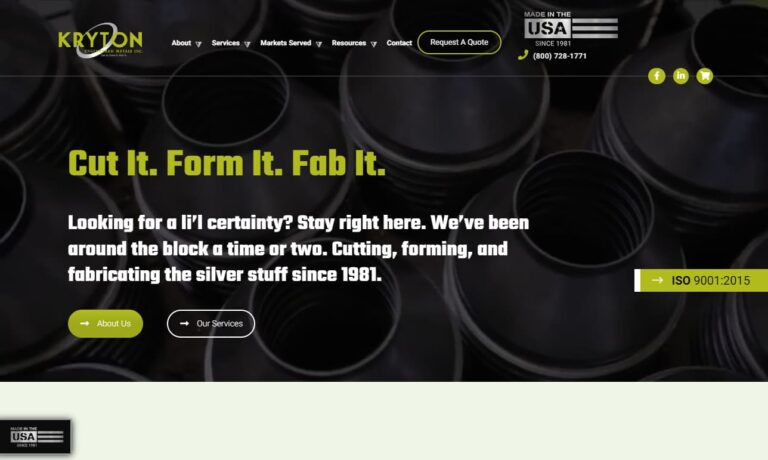
At Elemet Group, our expertise revolves around providing comprehensive solutions in metal spinning, serving the diverse needs of clients across various industries. With decades of combined experience, a dedication to quality, and a customer-centric approach, we have positioned ourselves as a trusted leader in the field of metal forming. Our primary focus is on delivering a wide range of...

At Ace Metal Spinning, we believe in creating products that precisely meet our customers' specifications. If you need a unique part, we can make it for you. We also provide in-house tooling to keep your costs low. It is our goal to benefit our customers however we can through our service, products, and prices. Learn more on our website today!

At Tallmadge Spinning & Metal Co., our expertise centers around providing comprehensive solutions in metal spinning, catering to the diverse needs of clients across various industries. With decades of collective experience and a steadfast commitment to excellence, we've positioned ourselves as a trusted leader in the metal forming industry. Our primary focus is on delivering a broad range of...

More Metal Spinning Companies
The metal spinning process involves attaching a blank to a lathe mandrel and rotating it at high speeds. A metal spinner then applies pressure using one or multiple form tools to shape the metal. Unlike conventional metal turning, which creates shapes by removing material, metal spinning shapes the metal through pressure and rotation. This process is both fast and cost-effective, typically completed in five to ten minutes.
How It Works
The metal spinning process is relatively straightforward. It begins with mounting a formed block, known as a mandrel or chuck, in the drive section of a lathe.The mandrel is usually made of hardened wood or metal, such as mild steel or aluminum. While wood is a cheaper option, metal mandrels are preferred for high-tolerance requirements. Lathes, which rotate a workpiece on its axis, can be operated horizontally or vertically and may be manually controlled or CNC-operated (computer numerical control).
Once the mandrel is set, a pre-sized blank, typically a flat circle or disc, is clamped against it with a pressure pad. This pressure pad is connected to the lathe’s tailstock or footstock, providing support to the longitudinal rotary axis of the workpiece. With the assembly in place, the metal spinning process can commence.
The mandrel and workpiece are rotated at high speeds while a forming tool applies pressure, causing the workpiece to flow over the mandrel and shape itself through friction. The external form of the mandrel determines the internal dimensions of the workpiece. Shaping tools, often up to three feet long and made from hardened steel or solid brass, press against the workpiece. Hardened steel tools are ideal for aluminum, whereas solid brass tools are better for mild or stainless steel. The most common shaping tools are known as spoons. For CNC-operated lathes, spinning tools follow a programmed sequence of operations. Some tools may also be coated with a thin ceramic film to enhance durability.
After the initial shaping, the workpiece typically undergoes trimming and finishing operations. Trimming smooths out sharp edges, and finishing involves rotating the workpiece at up to 1200 RPM to minimize the force required. A specialized finishing tool, the “duck bill,” with flat and rounded sides, is used for straight surfaces and curves. Lubricants like wax, tallow, and greases are often applied during finishing to improve the surface appearance and facilitate the workpiece’s removal from the mandrel.
Variations
While the basic metal spinning process remains fundamentally consistent, there are several ways it can be varied. Here are a few examples:
- For complex workpieces, a multi-piece block may be used to facilitate easier removal. In cases of highly intricate shapes, an ice form might be employed, which melts away after spinning.
- Another variation involves the forming tools. In many commercial processes, spoons are replaced by rollers attached to levers. These rollers, which vary in thickness and diameter, can be used to form material down to the mandrel in both CNC and hand metal spinning operations.
Variations of the entire metal spinning process itself include reducing or necking and hot spinning.
- Reducing, or necking in, is a more intricate process that accommodates workpieces with reentrant geometries. For exact forms, the workpiece is spun on an eccentrically mounted mandrel. If surface finish and form are less critical, the workpiece can be spun without a mandrel, or “spun on air.”
- Hot spinning incorporates high heat into the process. A torch applies heat to the workpiece, allowing parts to be shaped or reduced to smaller diameters with seamless shoulders using minimal force. Some blanks or workpieces are spun after being annealed, a process of heating and then slowly cooling the metal.
Flow forming is another popular variation of metal spinning. This advanced process allows for variation in product wall thickness using two main methods: shear spinning and tube spinning.
- Shear spinning produces contoured shapes or cones by using rollers over flat blanks on rotating mandrels. This method does not change the diameter of the blank; instead, it decreases the thickness based on the angle of the mandrel.
- Tube forming produces cylinders and tubes by cold-working tubular preforms with rollers and a mandrel, utilizing one of two techniques. Forward flow forming creates parts with one closed end, with the preform’s bottom positioned on top of the mandrel face and moving in the same direction as the rollers. Reverse flow forming, in contrast, produces parts with two open ends by pushing rollers against a serrated ring at the end of the mandrel, compressing and extruding the metal.
Advantages
Metal spinning offers several advantages compared to other metalworking methods such as stamping, forging, casting, deep drawing, and press forming.
One key benefit of metal spinning is the minimal waste it generates. Since metal spinners shape sheet material over an existing form without removing material, they produce very little scrap. Additionally, correctly formed parts are free from wrinkling and warbling.
The process of metal spinning is relatively straightforward, involving only three main steps: forming, trimming, and finishing. In contrast, press forming requires eight main steps. This simplicity makes metal spinning suitable for both prototyping and large-scale production runs.
Metal spinning is also highly cost-efficient due to its low tooling costs, the use of a single piece of metal, and the ease of automation.
However, metal spinning has its limitations. Unlike deep drawing or pressing, it is not very versatile in the types of products it can create, being restricted to rounded or concentric metal parts. Additionally, achieving perfect formation and maintaining tight tolerances can be challenging. If a workpiece is cracked or dented during spinning, it is often not cost-effective to repair it.
Applications
Metal spinners create products used across a range of industries, including aerospace, appliances, architecture, defense, food processing, healthcare, interior decorating, music, paper, and pharmaceuticals. The specific items produced by metal spinners include rocket nose cones, nozzles, pressure vessels, gas cylinders, filter housings, cartridges, specialty lighting, engine parts, freezers, mixing bowls, funnels, decorative household goods, urns, cookware, brass instrument bells, and public waste receptacles.
Common shapes produced by metal spinning include conical (cone-shaped), parabolic (bell-shaped), toroidal (donut-shaped), and Venturi (hourglass-shaped). The rounded metal parts made through metal spinning are valuable for both practical and aesthetic purposes. For instance, a vase is a metal-spun object that serves both functions.
Considerations
Metal spinning is an excellent resource, but those interested in using metal spinning services should consider several factors to maximize the process’s benefits.
First, potential customers must determine if metal spinning is the best metalworking method for their specific application. Despite its simplicity and cost-effectiveness, metal spinning has drawbacks, such as a higher tendency for undesirable metal thinning compared to other processes. In some cases, more expensive metalworking methods might be a better option.
If metal spinning remains the ideal choice, the next decision is whether to use a manual or CNC-powered spinning process for the project. Automated spinning offers greater precision, faster production runs, and quicker turnaround times. However, manual spinning may be preferable in certain situations, such as when greater control over project stages is needed, during prototyping, or to free up CNC equipment for larger production runs.
Choosing the right metal spinning option should not be done alone. The input of a trusted, quality metal spinning manufacturer is invaluable. When seeking metal-spun parts, customers should evaluate several supplier characteristics, including the number and nature of locations (e.g., in-house tooling), the number and type of lathes, the range of metals spun (some suppliers specialize in metals like aluminum or stainless steel), the range of product variables (such as size, diameter, and thickness), average turnaround times (2-3 weeks is reasonable), and optional post-process services (e.g., welding, powder coating, washing). With thorough research and communication, customers can find the metal spinning service that best meets their needs.

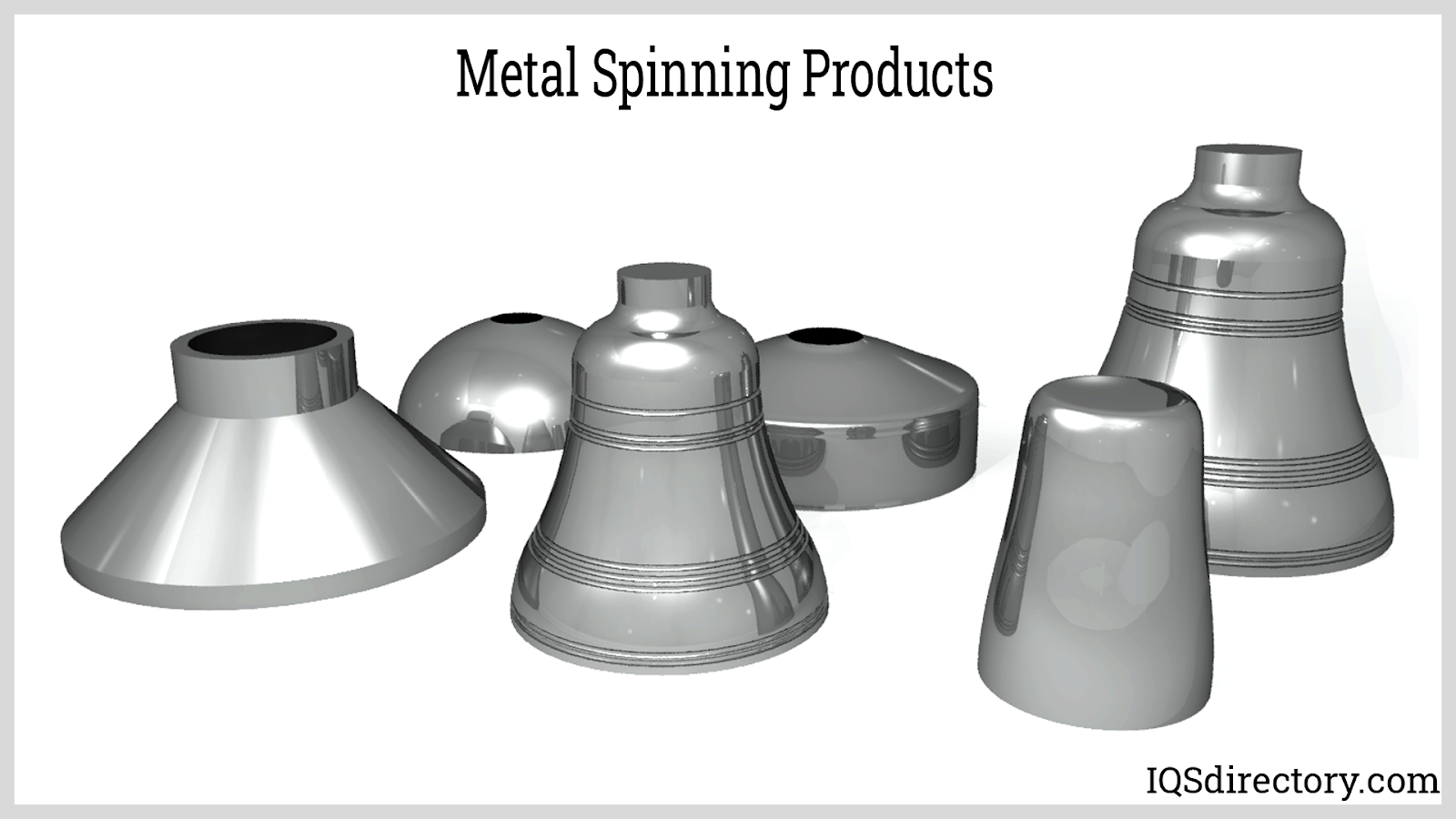
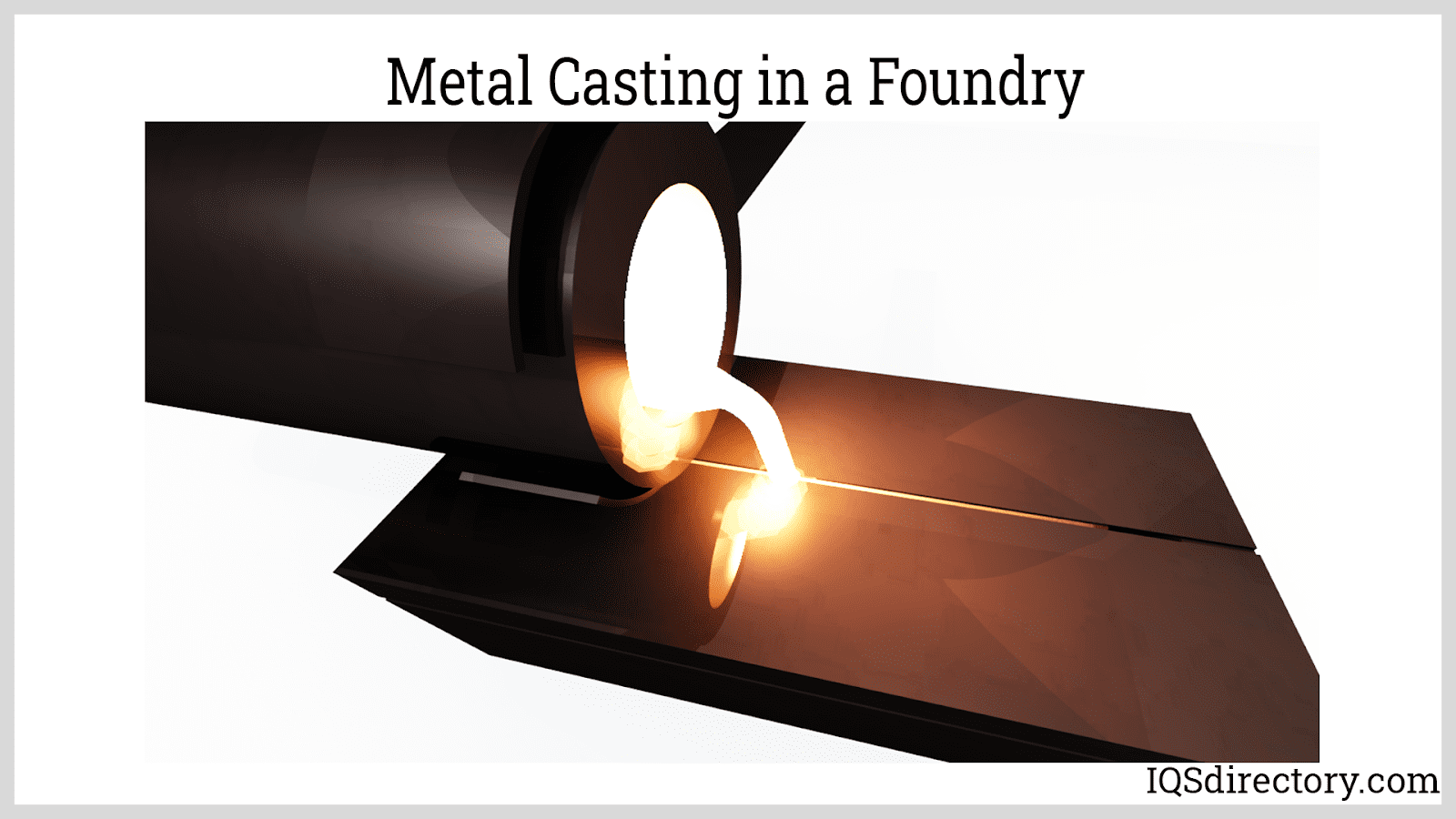
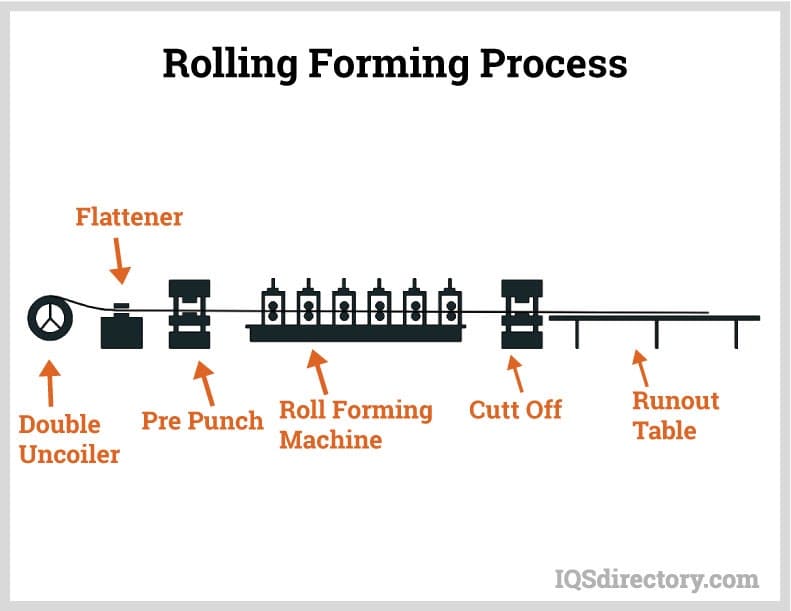
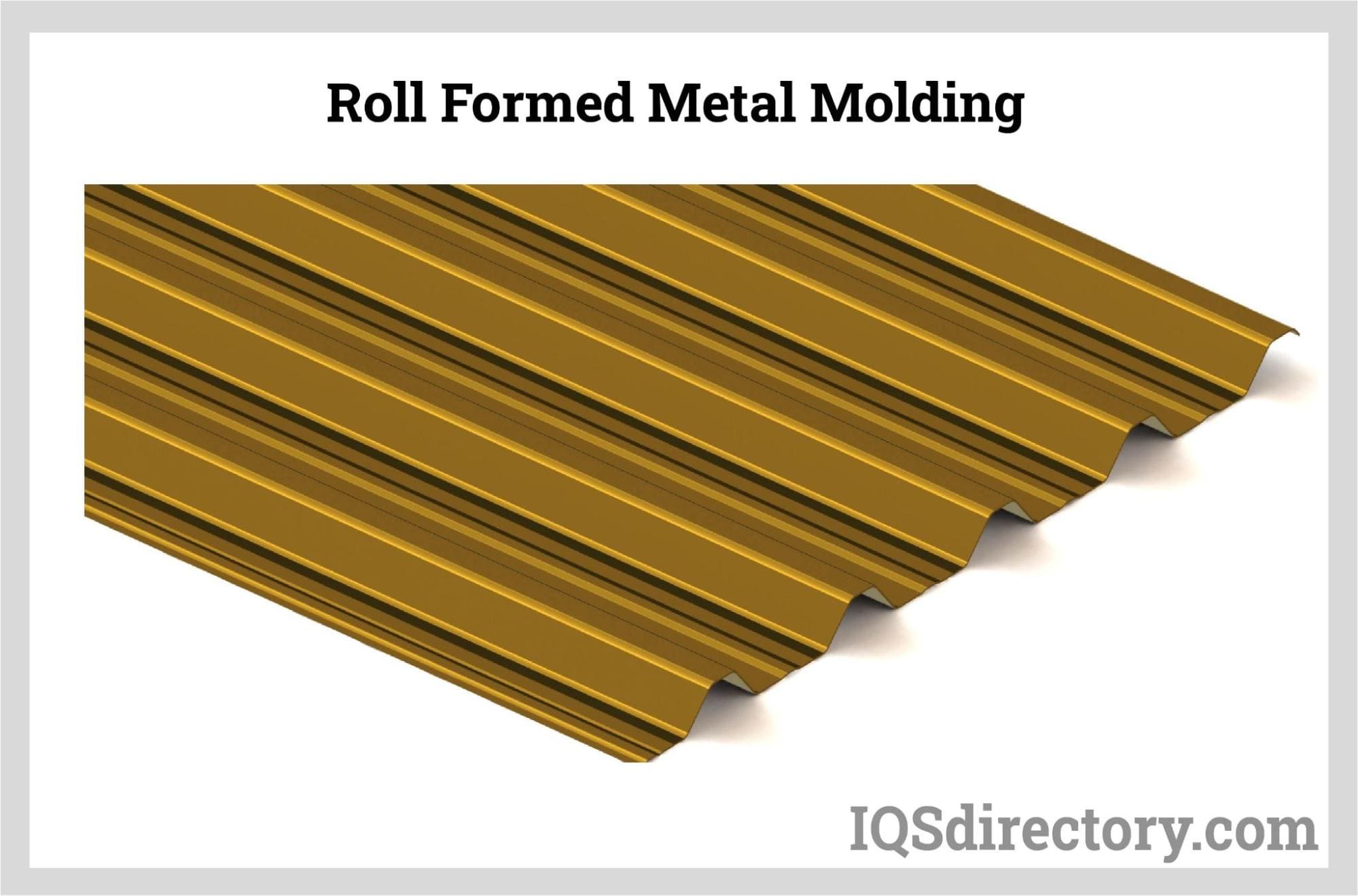
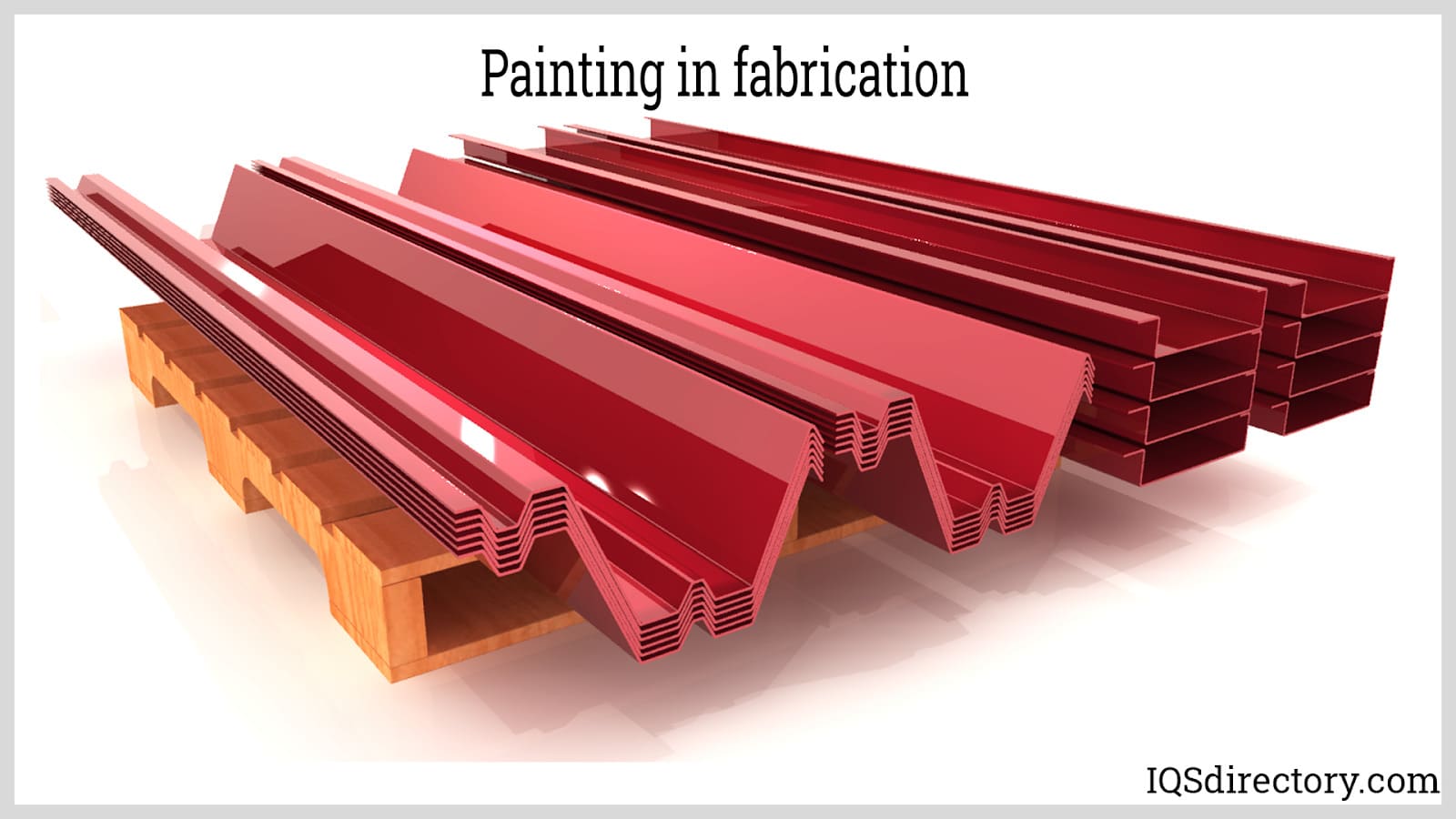
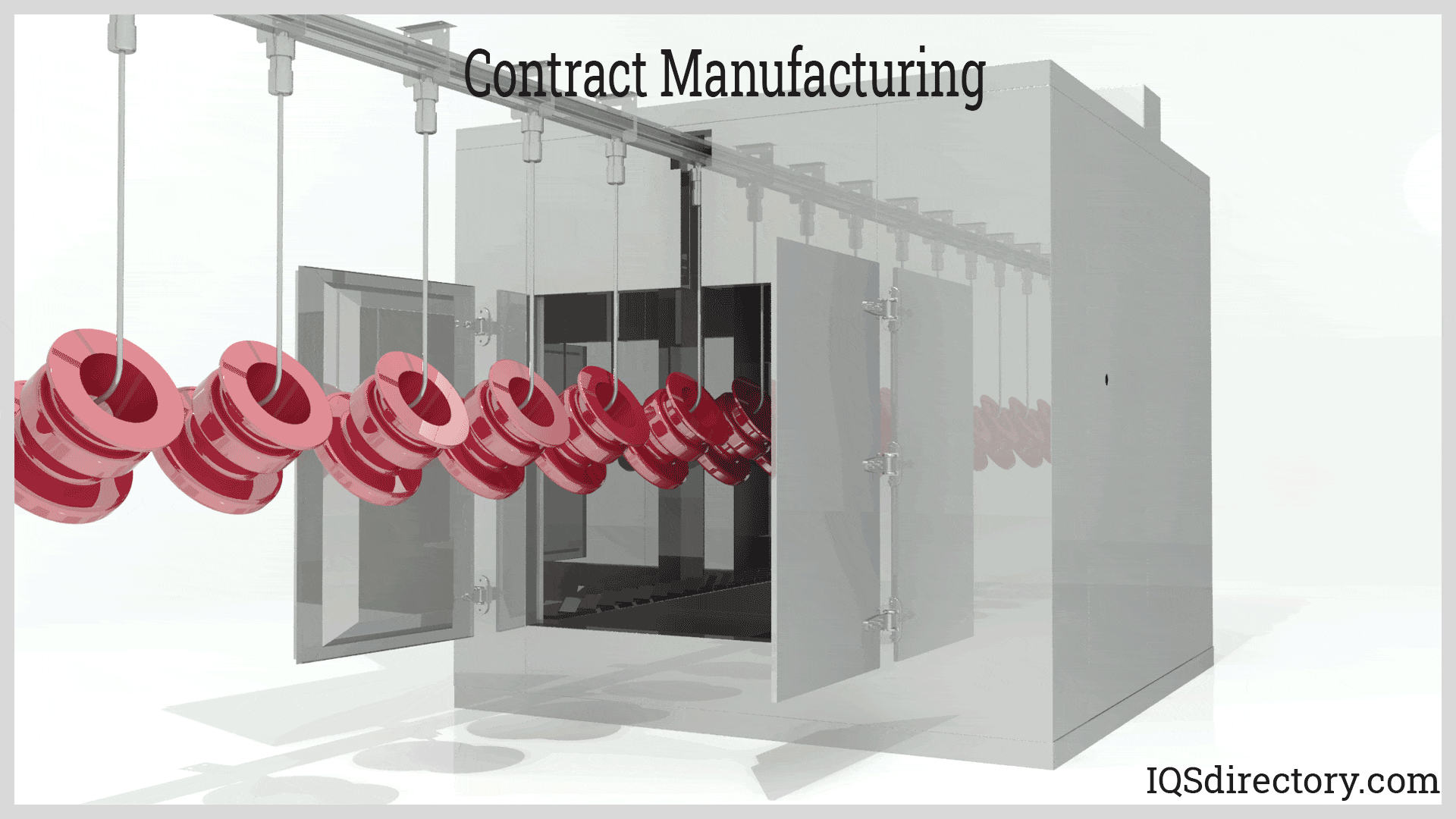
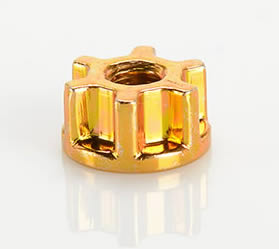 Cold Headed Parts
Cold Headed Parts Expanded Metals
Expanded Metals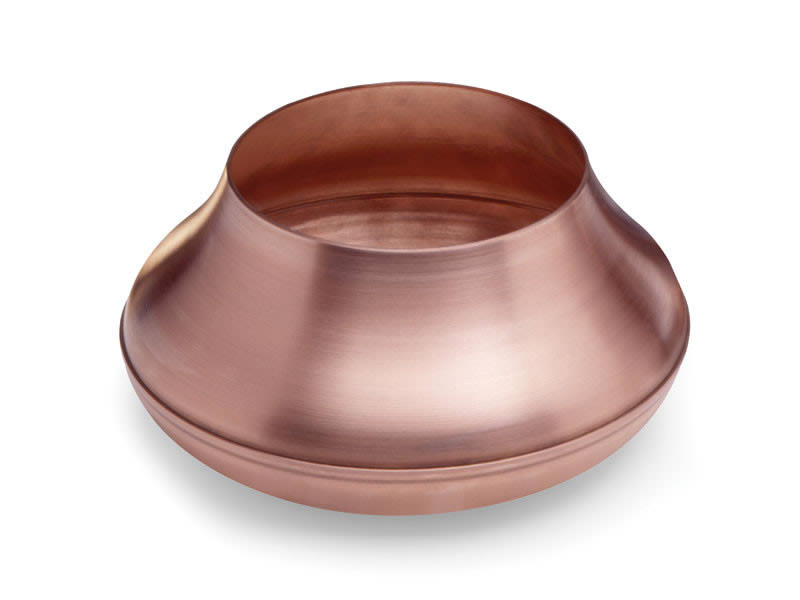 Metal Spinning
Metal Spinning Powdered Metal Parts
Powdered Metal Parts Roll Forming
Roll Forming Springs
Springs Wire Forms
Wire Forms Wire Mesh
Wire Mesh Castings & Forgings
Castings & Forgings Bulk Material Handling
Bulk Material Handling Electrical & Electronic Components
Electrical & Electronic Components Flow Instrumentation
Flow Instrumentation Hardware
Hardware Material Handling Equipment
Material Handling Equipment Metal Cutting Services
Metal Cutting Services Metal Forming Services
Metal Forming Services Metal Suppliers
Metal Suppliers Motion Control Products
Motion Control Products Plant & Facility Equipment
Plant & Facility Equipment Plant & Facility Supplies
Plant & Facility Supplies Plastic Molding Processes
Plastic Molding Processes Pumps & Valves
Pumps & Valves Recycling Equipment
Recycling Equipment Rubber Products & Services
Rubber Products & Services